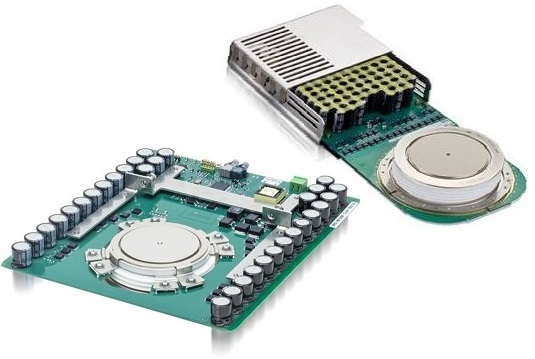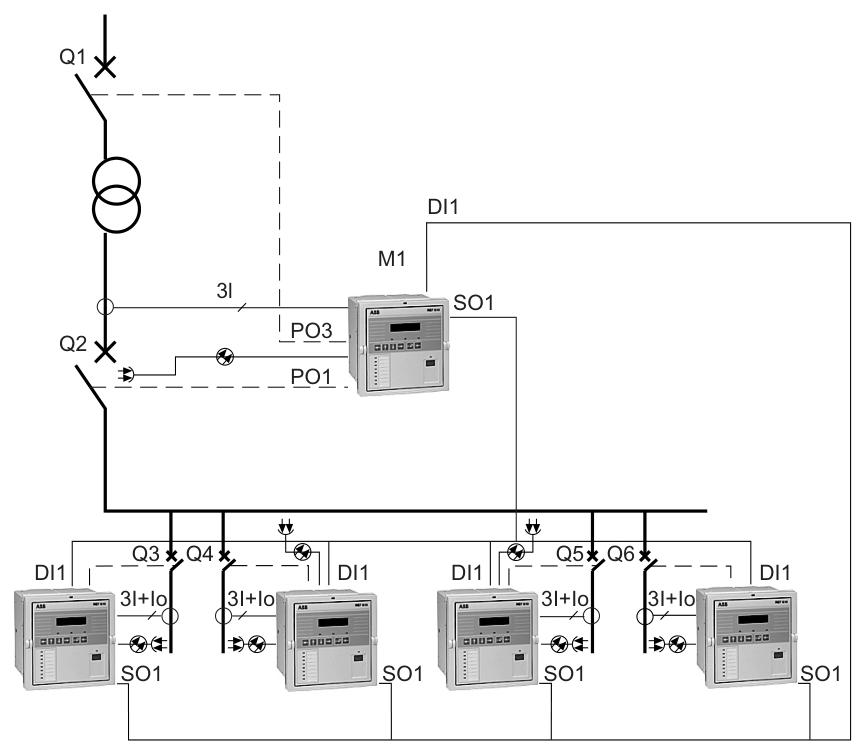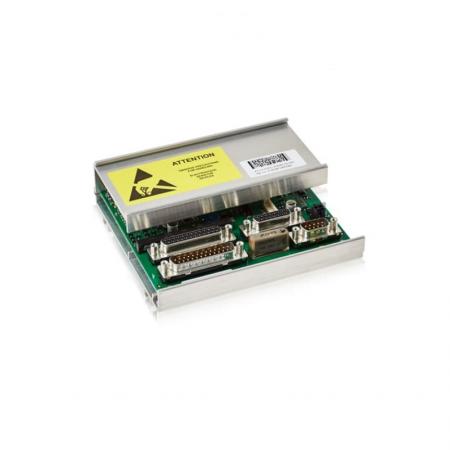ABB 5SHX1060H0003 Reverse Conducting Integrated Gate
Product Overview
ABB 5SHX1060H0003 is a Reverse Conducting Integrated Gate Commutated Thyristor (RC-IGCT). It combines the high voltage withstand capability of thyristors and the gate controllability of transistors, occupying an important position in the field of high-power power electronics. This type of device is mainly used in industrial equipment that requires precise control of high current and high voltage, and can efficiently achieve the conversion and control of electrical energy.
Structure and Working Principle
Structural features: Its structure is similar to traditional gate turn off thyristors (GTOs), but has been optimized and improved. In 5SHX1060H0003, the gate turn off current is designed to be greater than the anode current. This unique design allows for the complete elimination of minority carriers injected from the lower PN junction, significantly accelerating the turn off time. In addition, compared to GTO, its unit size is smaller, the gate connection is more robust, and the inductance between the gate drive circuit and the drive circuit connection is greatly reduced. These structural advantages lay the foundation for its high-performance performance.
Working principle: In the conductive state, a suitable trigger signal is applied through the gate to make the thyristor conductive, allowing current to flow from the anode to the cathode. When it is necessary to turn off, a reverse signal is applied to the gate, and its special structure is used to achieve fast turn off. The reverse conduction characteristic allows current to conduct in reverse under specific conditions, which simplifies the design and reduces the use of external components in some circuit topologies.
Technical parameters
Current parameters: capable of carrying large currents, its rated on state average current and peak current parameters ensure stable transmission and control of large currents in high-power applications. For example, in high-power motor drive systems, it can meet the high current requirements during motor start-up and operation.
Switching frequency: The typical switching frequency is within a certain range (such as around 500 Hz), but unlike GTO, its upper limit switching frequency is mainly limited by the heat loss during operation and the system’s heat dissipation capacity. In practical applications, when the system has good heat dissipation, its switching frequency can even reach a high level in a short period of time (such as a 40kHz pulse burst), which provides the possibility for some applications that require high switching speed.
Working temperature range: It has a wide working temperature range, such as from -40 ℃ to 150 ℃. This allows it to work normally under different environmental conditions, whether it is outdoor equipment in cold regions or industrial plants in high-temperature environments, it can operate stably.

Advantages
Efficient switch performance: Fast switch speed, especially turn off speed, can effectively reduce switch losses and improve the overall efficiency of the system. In application scenarios with frequent switching, such as high-frequency inverters, this efficient switching performance can significantly reduce energy waste.
Simplified circuit design: The reverse conducting structure reduces the use of external diodes and other components, making the circuit layout more compact and reducing circuit complexity and cost. For example, in some inverter designs, using 5SHX1060H0003 can reduce the area of the circuit board and lower the complexity of connections between components.
High reliability: Optimized structure and advanced manufacturing technology enable it to have high reliability and operate stably for a long time under harsh working conditions. This is of great significance for some applications that require extremely high reliability of equipment, such as key node equipment in power systems, which can reduce equipment failures and maintenance costs.
Application Fields
Industrial frequency conversion speed regulation: used in the main circuit of the frequency converter in industrial motor drive systems. By precisely controlling the power supply frequency and voltage of the motor, efficient speed regulation of the motor can be achieved, meeting the speed regulation needs in different industrial production processes. It is widely used in the drive of equipment such as fans, water pumps, compressors, etc., achieving the goals of energy conservation and precise control.
Power system: In high-voltage direct current transmission (HVDC) systems, it can be used in the converter of the converter station to achieve efficient conversion between alternating current and direct current. Meanwhile, in the reactive power compensation device of the power system, the reactive power can also be adjusted by controlling its conduction and shutdown to maintain the stability of the grid voltage.
Rail transit: plays an important role in the traction system of subway, high-speed rail and other rail transit systems. By controlling the driving current and voltage of the motor, the smooth start, acceleration, deceleration, and braking of the train are achieved, ensuring the efficient operation and safety of rail transit.
New energy power generation: used in the inverter part of wind power and solar photovoltaic power generation systems. Convert unstable direct current into alternating current that meets the requirements of the power grid, achieving grid connected power generation of new energy. For example, in centralized inverters for large wind farms, 5SHX1060H0003 can achieve efficient conversion and control of large-scale electrical energy.














